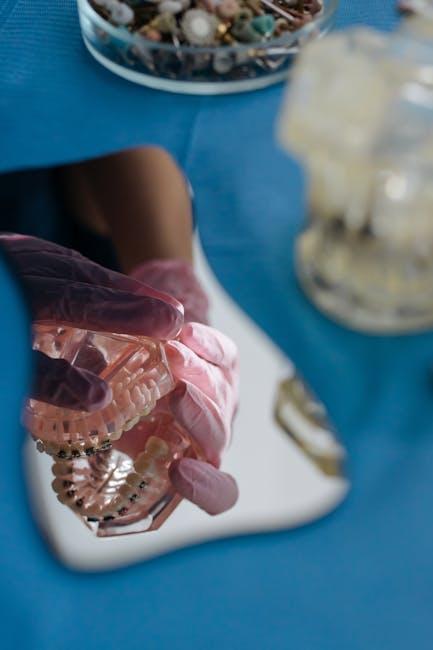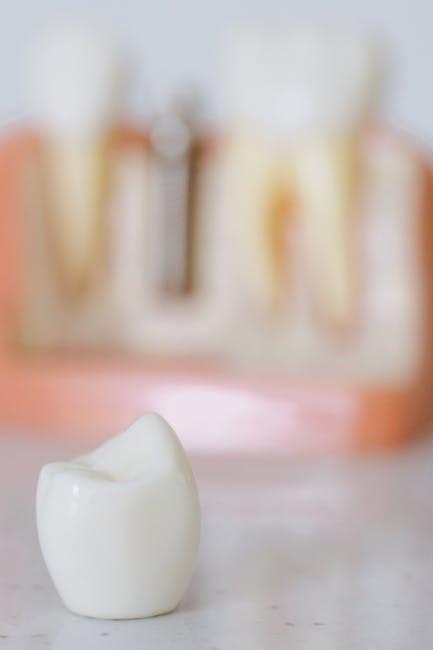
Dental Prosthetics Market to Reach US$ 6,621.5 Mn by 2032 Driven by Aging Population & Aesthetics
The Dental Prosthetics Market is set to experience significant growth, projected to soar to US$ 6,621.5 million by 2032. This surge is primarily fueled by the expanding aging population and the rising demand for aesthetic dental solutions worldwide. As dental health awareness increases alongside advancements in dental prosthetic technology, the market is witnessing transformative trends promising lucrative opportunities for stakeholders.
Understanding the Dental Prosthetics Market
Dental prosthetics, also known as prosthodontics, involve the design, manufacture, and fitting of artificial replacements for teeth and other oral structures. Key products include dentures, crowns, bridges, dental implants, and veneers. These prosthetic devices restore oral functionality while improving aesthetics, which is becoming a crucial factor for patients.
Key Components of Dental Prosthetics
- Dentures (Complete and Partial)
- Dental Implants
- Crowns and Bridges
- Veneers
- Maxillofacial Prosthetics
Market Drivers: Why is the Dental Prosthetics Market Expanding?
1. Aging Global Population
One of the primary growth drivers is the increasing aging population worldwide. According to WHO, by 2050, the global population aged 60 years and older will total 2 billion, up from 900 million in 2015. Older adults commonly face tooth loss, deterioration of oral tissues, and other dental conditions that increase the need for prosthetic solutions.
2. Rising Demand for Aesthetic Dentistry
Modern consumers prioritize not only oral health but also appearance. The surge in demand for cosmetic dental treatments drives innovations in prosthetics that look natural, are durable, and comfortable. This demand spans across all age groups but is particularly strong in younger demographics aiming for an enhanced smile appearance.
3. Technological Advancements
Innovations in materials like zirconia and advancements in digital dentistry, including CAD/CAM technology and 3D printing, are revolutionizing prosthetic production, enhancing precision and patient outcomes.
4. Increased Awareness & Access to Dental Care
Dental health awareness campaigns and improved access to dental services in developing economies facilitate a broader patient base for dental prosthetic products.
Market Segmentation at a Glance
| Segment | Key Subcategories | Market Insights |
|---|---|---|
| Product Type | Dentures, Implants, Crowns & Bridges, Veneers | Dentures remain dominant but implants growing fastest due to superior aesthetics and functionality. |
| Material | Metal, Ceramic, Zirconia, Composite Resin | Zirconia and ceramics gaining popularity for biocompatibility and natural look. |
| End User | Hospitals, Dental Clinics, Specialty Dental Centers, Homecare | Dental clinics dominate but homecare setups growing with tele-dentistry. |
| Region | North America, Europe, Asia-Pacific, Latin America, Middle East & Africa | North America and Europe lead market share, Asia-Pacific fastest growing. |
Benefits of Dental Prosthetics
- Restored Oral Functionality: Enables chewing, speaking, and maintaining jaw shape.
- Enhanced Aesthetics: Boosts self-confidence with improved smile and facial appearance.
- Oral Health Protection: Prevents shifting of teeth and maintains bone integrity.
- Customized Solutions: Tailored materials and designs improve comfort and durability.
- Improved Quality of Life: Facilitates social interactions and overall well-being.
Practical Tips for Choosing and Caring for Dental Prosthetics
- Consult a Certified Prosthodontist: Professional guidance helps select the best prosthetic type and material.
- Regular Dental Check-Ups: Essential to monitor fit, oral health, and timely adjustments.
- Proper Cleaning Routine: Use recommended cleaning agents to avoid damage or infections.
- Avoid Hard Foods: Minimize risk of cracks or loosening of prosthetics.
- Use Dental Adhesives Correctly: When appropriate, adhesives enhance prosthetic stability.
Case Study: Transforming Smiles Through Advanced Dental Prosthetics
Jane, a 65-year-old woman, struggled with ill-fitting dentures that caused discomfort and embarrassment. After consulting a specialist and opting for zirconia-based implants, Jane’s dental health was significantly restored. The implants provided a natural appearance and improved chewing function, substantially enhancing her quality of life. This case exemplifies how advancements in prosthetic materials and techniques meet the evolving needs of aging populations.
Future Outlook: What to Expect in the Dental Prosthetics Market
The dental prosthetics market is forecasted to evolve with:
- Greater Integration of Digital Dentistry: AI and 3D imaging will enhance prosthetic customization and reduce turnaround time.
- Emergence of Smart Materials: Bioactive and self-healing materials may set new standards in dental prosthetic durability.
- Expanding Access in Emerging Markets: Increasing investments will improve dental care infrastructure.
- Patient-Centric Innovations: More comfortable, lightweight, and esthetic prosthetics emerge for all age groups.
Conclusion
The Dental Prosthetics Market is on a robust growth path, expected to reach US$ 6,621.5 million by 2032. Aging populations worldwide combined with a rising desire for aesthetics are driving demand. Innovations and increased dental care awareness further fuel market expansion. For patients and dental professionals alike, these trends promise better dental health outcomes and quality of life. Staying informed about products, innovations, and care practices will be key to maximizing benefits from dental prosthetics in the years ahead.


